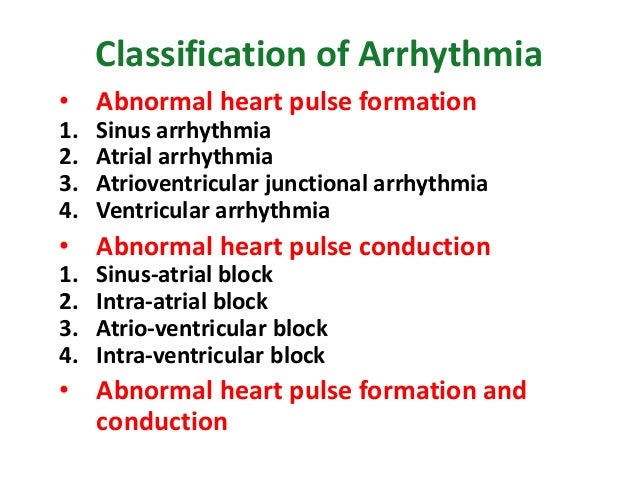

The pathologists' fascination with lesions, and in particular, lesions that can be visualized – in the case of AD, the senile plaque and neurofibrillary tangle – has proven a powerful and distracting a priori bias in his assessment of pathophysiology. At the root of the issue is the role of the pathologist, who may, in the setting of chronic diseases such as AD, assign too literal a meaning to the basic pathology. Here we consider the slow progress made in effectively understanding and healing Alzheimer disease (AD) by some of the most talented scientists of our time. This paradigm has been particularly successful in providing insights for treatment of acute diseases however, in the setting of chronic disease, where the relationship between basic pathology (typically end-stage) and pathophysiology is often misinterpreted, progress towards effective therapy has been slow, at best. The careful study of pathology has delivered an understanding of disease sufficient to guide effective treatment, and recognize ineffective treatment, so consequential to man's enhanced life expectancy in the past century. This knowledge must be integrated with the understanding and limitations of the analytical techniques being used to achieve these results, to ensure that the results are produced are accurate and precise to facilitate the correct treatment for patients.Since inception, pathology has served as the indispensable link between basic science and clinical disease, encompassing the defining of disease processes and mechanisms through observation of structural alterations, as well as hypothesis-driven experimentation. Interpretation and reporting of laboratory results requires in-depth knowledge of human pathology and the effect of disease processes on the chemicals being measured. Given the scope of chemical pathology and the number of analyses being performed, all assays and equipment must closely monitored and quality-controlled to maintain the integrity of the results produced.
#Definition of pathological disease manual#
Medical laboratory scientists working in chemical pathology must develop complex practical and interpretive skills, as the work ranges from manual techniques requiring hands on practical skills through to operation and management of highly automated testing systems capable of producing thousands of results an hour. Measuring drug levels to make sure people are on the best dose.Some of the many areas where the Chemical Pathology Laboratory becomes involved in patient health care include: Fecal analysis - mostly for detection of gastrointestinal disorders.Urinalysis - chemical analysis of urine for a wide array of diseases, along with other fluids such as CSF and effusions.

Therapeutic drug monitoring - measurement of therapeutic medications blood levels to optimize dosage.Toxicology - the study of drugs of abuse and other chemicals.Clinical endocrinology - the study of hormones, and diagnosis of endocrine disorders.Special chemistry - elaborate techniques such as electrophoresis, and manual testing methods.

electrolytes, blood gases, lipids, liver and kidney function tests


 0 kommentar(er)
0 kommentar(er)
